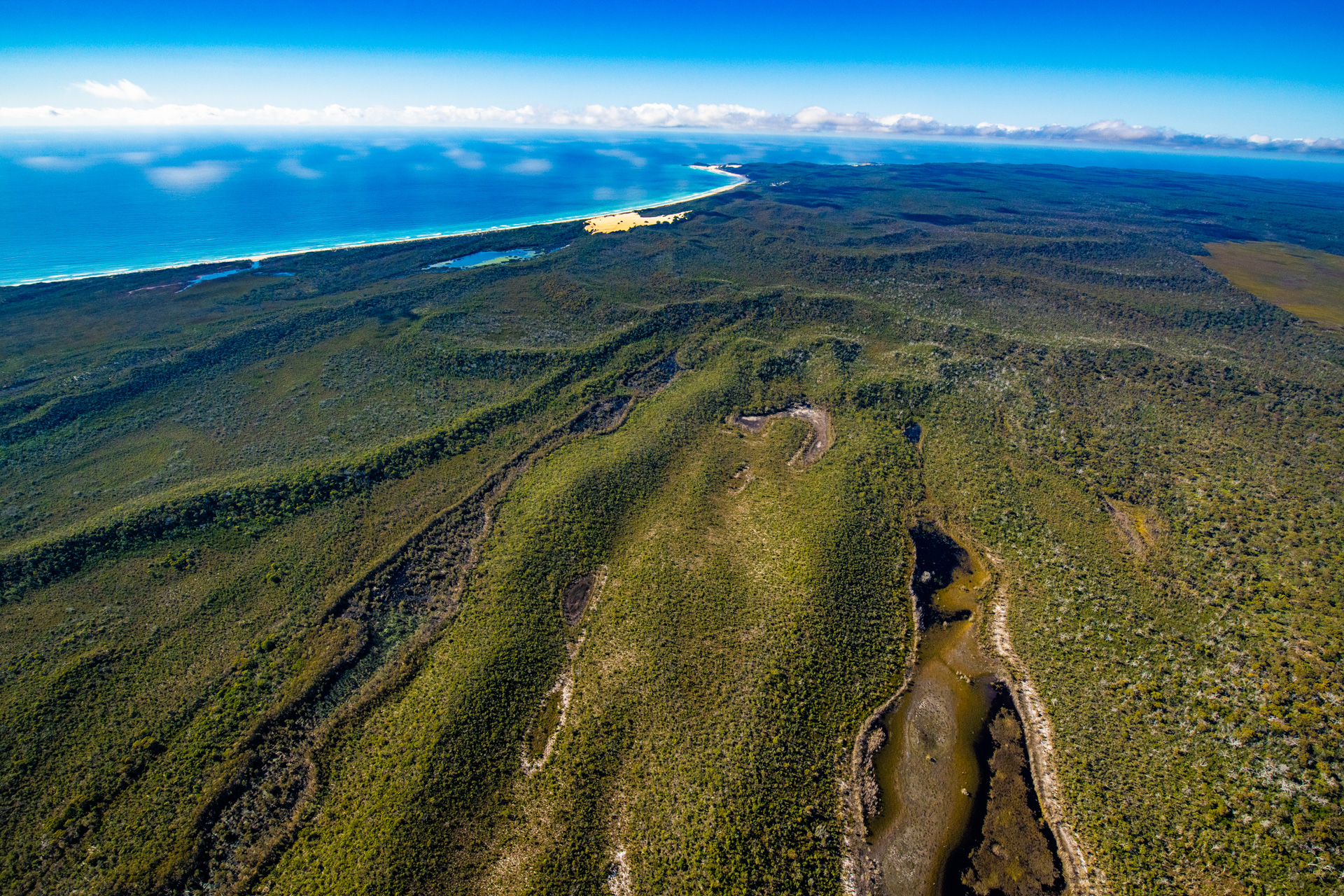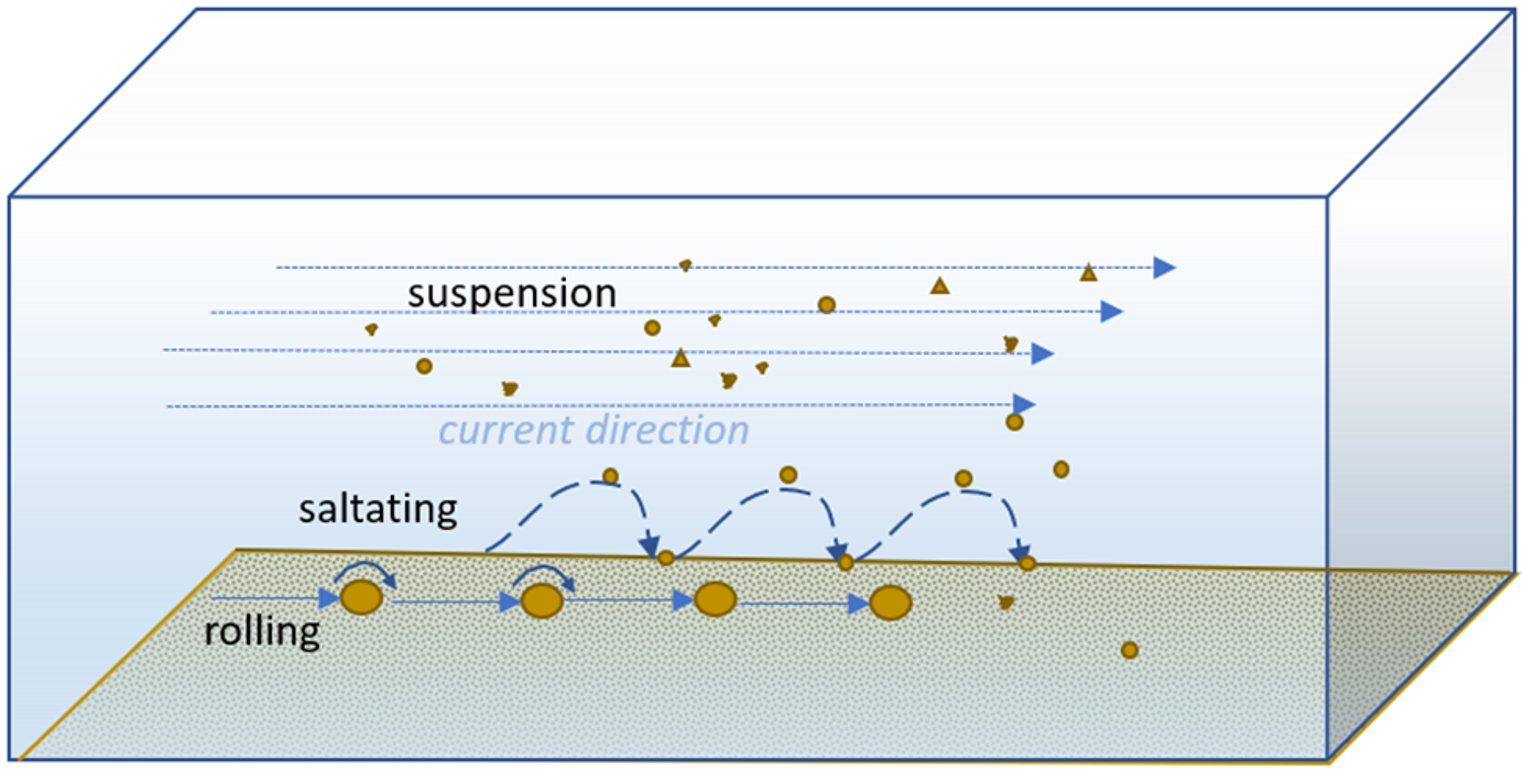|
|
AeolianThe geological effects of aeolian processes can be most easily seen in deserts, where precipitation and vegetation is low, and in coastal areas, such as the sand islands on the east coast of Queensland, where there is loose sand. Distinctive landforms such as sand sheets, sand dunes and layers of loess are some of the major deposits and landforms formed by aeolian processes and wetlands can form in association with these landforms. For example, Lake Wyara, a large terminal lake in western Queensland, is dammed up against aeolian deposits. There are number of terms which describe some of the aeolian processes. Deflation is a process where loose particules of sand and dust are lifted from the surface and blown away. This can result in deflation basins, broad and shallow depressions in the landscape. Ephemeral deflation basin lakes can form on these depressions in lowland river floodplain ecosystems. They provide habitat for animals and plants.[3][2]. Abrasion: is the process where the kinetic energy of the wind drives wind-driven grains to impact rock surfaces and smaller particles. Movement of SandWind transports sand by saltation and surface creep. Movement of grains will only occur once the wind reaches a high enough velocity to move the grains. Sand dunes form and migrate as sand grains are blown up and over the windward side of the dune and accumulate on the lee slope. Many dunes originate over an obstacle such as a rock or clump of vegetation, creating a zone of lower velocity air - known as a wind shadow. With the wind velocity reduced, deposition occurs. Once the dune has formed, it becomes a barrier and builds. Sand dunes migrate as wind transports sand by saltation and surface creep. The shape and orientation of sand dunes is a reflection of these aeolian processes. Wetlands are often formed between sand dunes in coastal area, with the dune providing an aquifer from which the wetland received groundwater. Other examples include the aquifers in the inland sand dunefields. Movement of DustWind can also carry fine sediment. Small grains of dust, silt and clay sized particles with diameters less than 0.06mm are carried by suspension. Dust storms are driven by wind that can transport thousands of tons of sediment over hundreds of kilometres. Dust storms are a major form of soil erosion. Dust storms form when cool air descends and moves laterally over the surface. The dense and cool air sweeps up dust and sand. Aeolian dust forms a major component of ocean sediment[2]. References
Last updated: 30 August 2023 This page should be cited as: Department of Environment, Science and Innovation, Queensland (2023) Aeolian, WetlandInfo website, accessed 8 May 2025. Available at: https://wetlandinfo.des.qld.gov.au/wetlands/ecology/processes-systems/aeolian-transport/ |

 — Department of the Environment, Tourism, Science and Innovation
— Department of the Environment, Tourism, Science and Innovation



